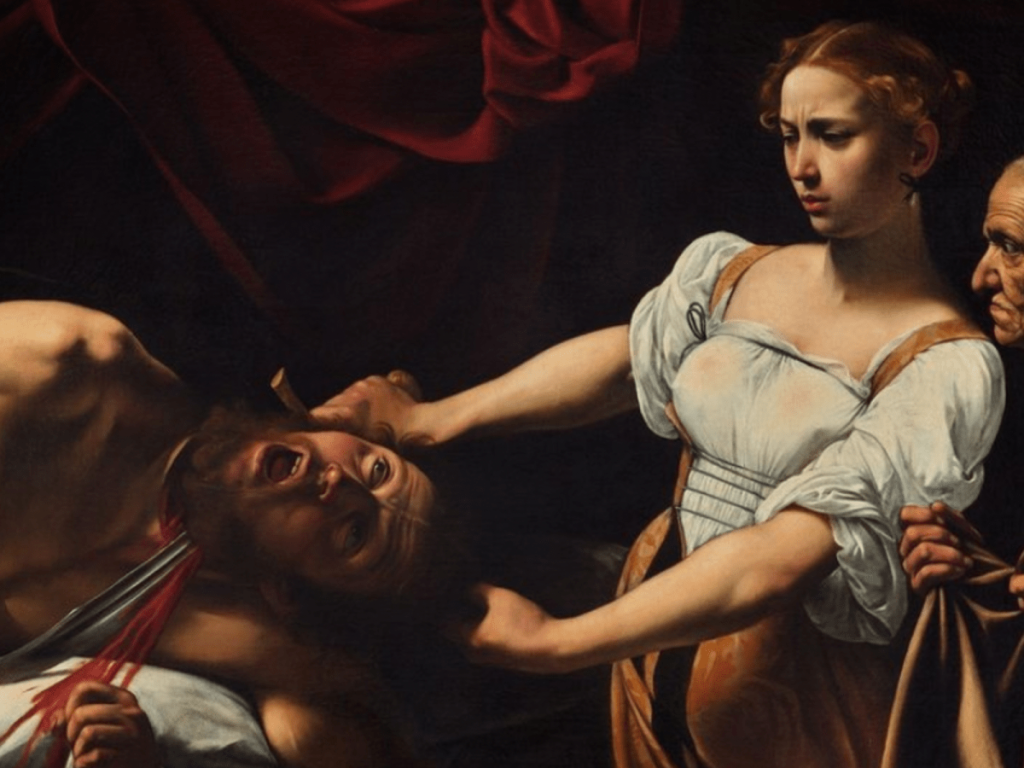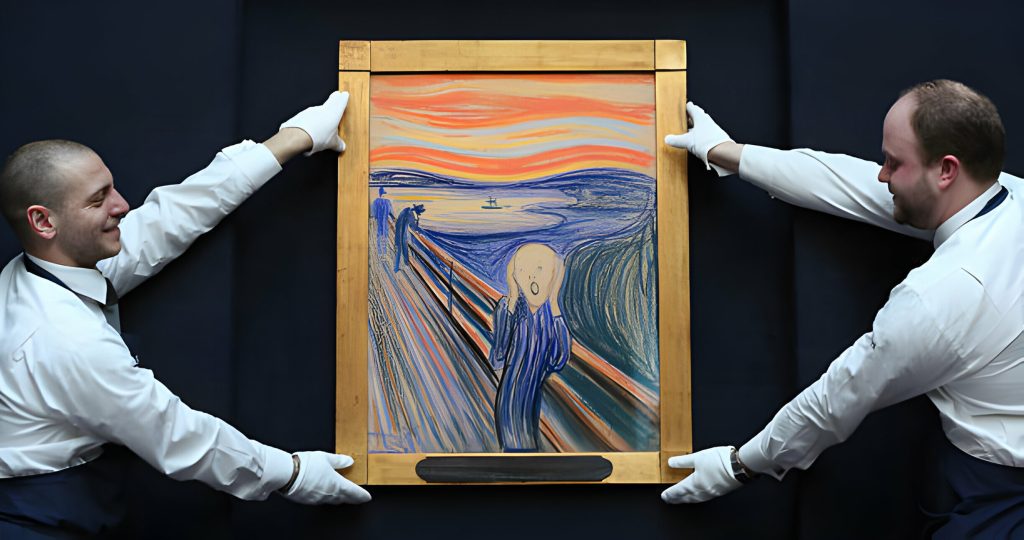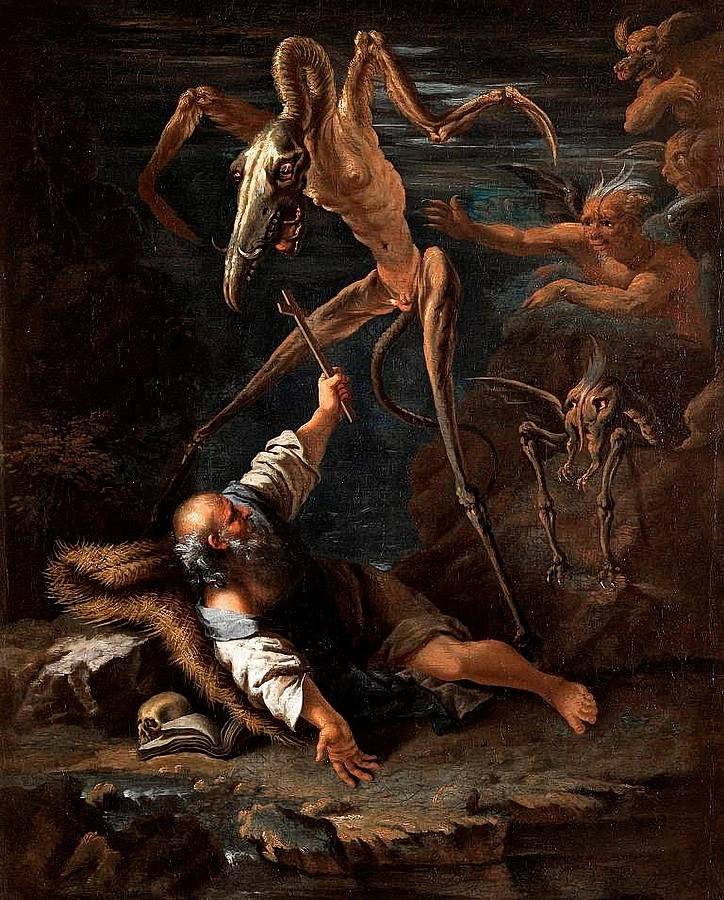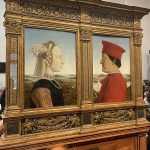The world of horror art peels back layers deeply into the dark corners of the human psyche. It utilizes fear as a primary concept. Throughout history, artists have relied on that sensation to arouse and captivate their target audience. Horror art expresses our darkest fears through a combination of symbolism, dramatic light and shadow interaction, and frightening images. It draws from a long-lasting history, with instances that vary from Francisco Goya’s spooky depictions to Edvard Munch’s portrayal of existential dread in “The Scream.” These artists, among other, expertly circumvent the dimensions of fear. They lure viewers into a world in which the familiar starts to feel harrowing. This exploration provides more than simply a frightening experience; it compels us to face up to our own weaknesses. It transforms fear into a lens that reveals the complicated nature of human emotion and thought.
Symbolism: The Unspoken Dread
Historically, artists such as Francisco Goya and Hieronymus Bosch used symbolism to stir up terror and compel. Goya’s “The Sleep of Reason Produces Monsters” seamlessly integrates shadows and creatures to depict the delusion and darkness that’s found within the human psyche. In a similar vein, Bosch’s triptych, “The Garden of Earthy Delights,” used hallucinatory and horrifying imagery to portray sin and its repercussions, responding to the viewer’s innermost concerns about morality and punishment. These works of art show symbols may act as a conduit to the psyche, eliciting fundamental worries and concerns.

Chiaroscuro: The Dance of Light and Darkness
Caravaggio, a chiaroscuro master, expertly commandeered light and shadow to evoke powerful emotional experiences. His masterpiece “Judith Holofernes” displays this type of work, with the sharp contrast of light bringing out the harrowing reality and aggression of the moment. This employing of chiaroscuro not only enhances the emotional effect, but is also reflects the clash between good and evil, clarity and obscurity, bringing the viewer into a more profound contemplation of their own fears.

Unsettling Imagery: The Challenge to Normality
Edvard Munch’s “The Scream” demonstrates how unsettling imagery can include strong sensations such as fright and existential dread. The swirled figure against a blood-red sky depicts an atmosphere of profound feelings, expressing typical fears of loss, despair, and the unknown. Munch’s capacity to express such strong feelings through distorted images challenges our perceptions of the real world, letting familiar things look odd and scary.

The Cathartic Power of Horror Art
Experiencing fear through art, as noticed in artworks by Munch and Goya, may be unintentionally therapeutic. These pieces of art enable viewers to openly express their fears in a safe context, resulting in an overwhelming feeling of liberation and control over those fears. The probe of gloomy topics allows artists to articulate their private and collective stresses. This also encourage viewers to ponder and deal with their own fears.
The Viewer’s Role in Horror Art
The relationship between the artwork and the viewer is essential in horror art. Personal experiences, cultural background, and individual anxieties all influence how people react to artwork. This particular interpretation is what gives horror art its very distinctive and impactful value, reflecting our deepest vulnerabilities and strenghts.
The examination of fear in art encompasses time, demonstrating artists’ unique capacity to connect with our innermost emotions. Iconic works by Goya, Bosch, Caravaggio, and Munch demonstrate this everlasting attraction. They use symbolism, chiaroscuro, and disturbing imagery, not merely to frighten. Instead, they urge us to think deeply about the state of humanity. Through their work, we encounter our fears and phobias in conditions favorable to introspection. This encounter is more than just a gesture of observation. It is an active participation that provides catharsis and comprehension. The power of horror art stems from its ability to connect, challenge, and eventually transform us. It illustrates how confronting our fears through art may lead to profound personal discoveries and a greater appreciation for the intricacies of human emotion.







